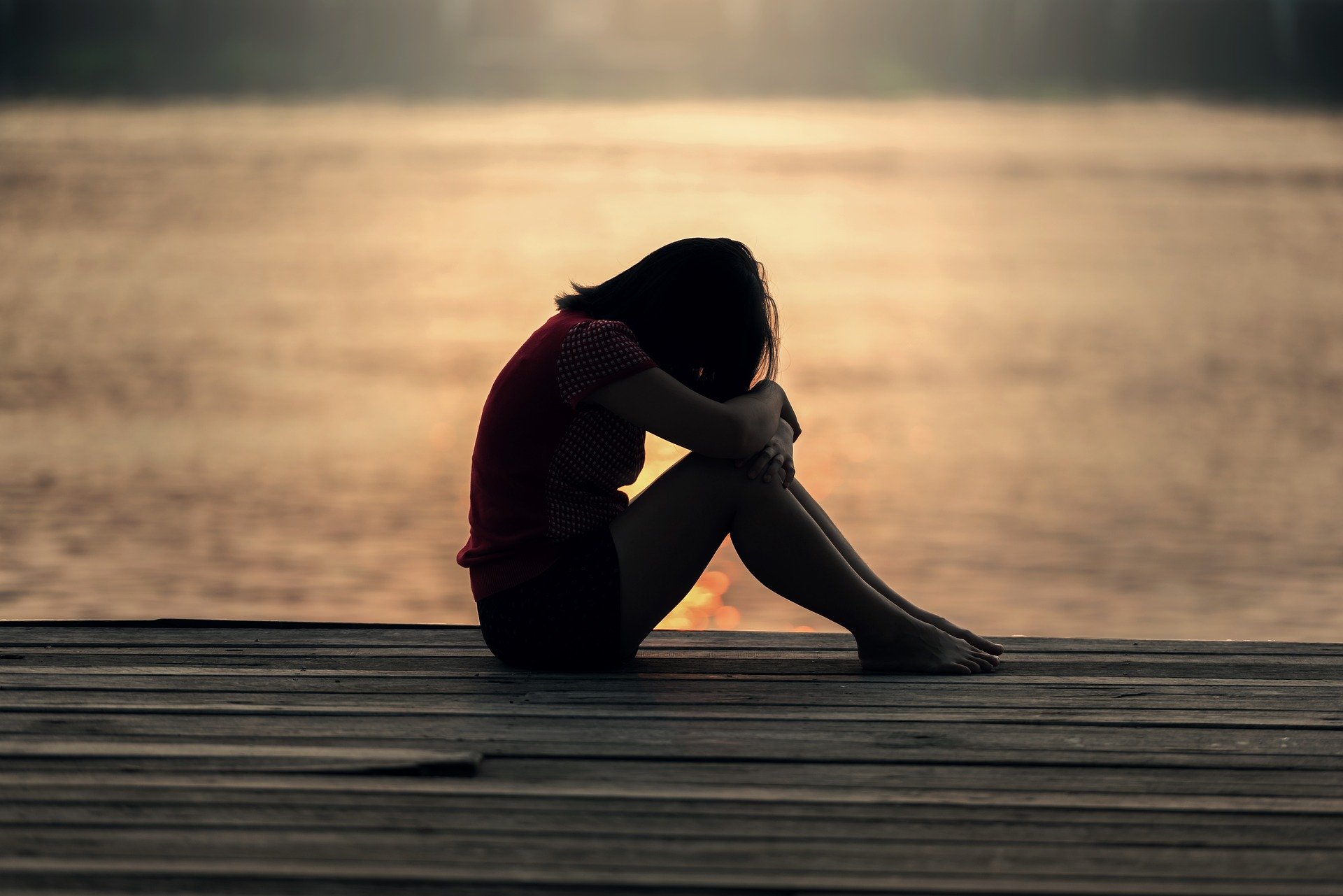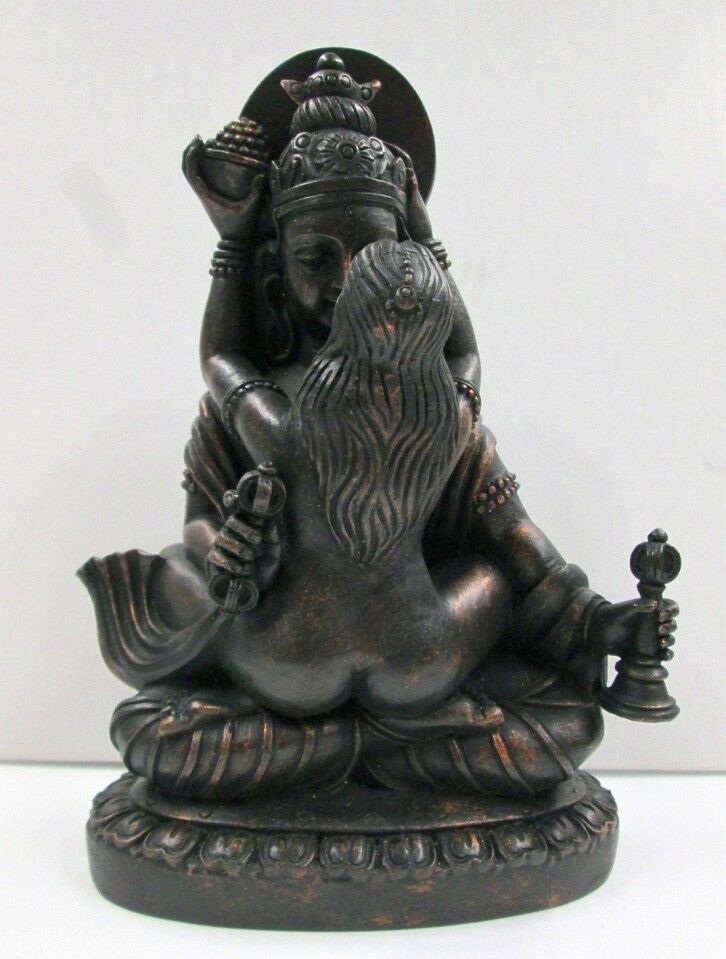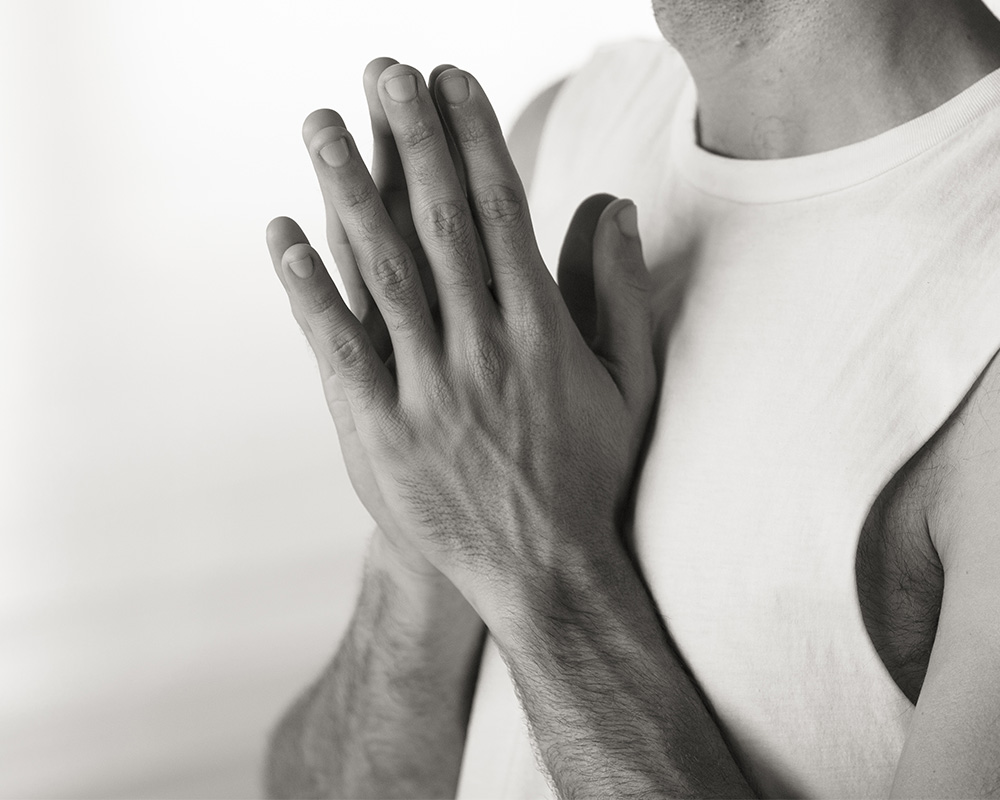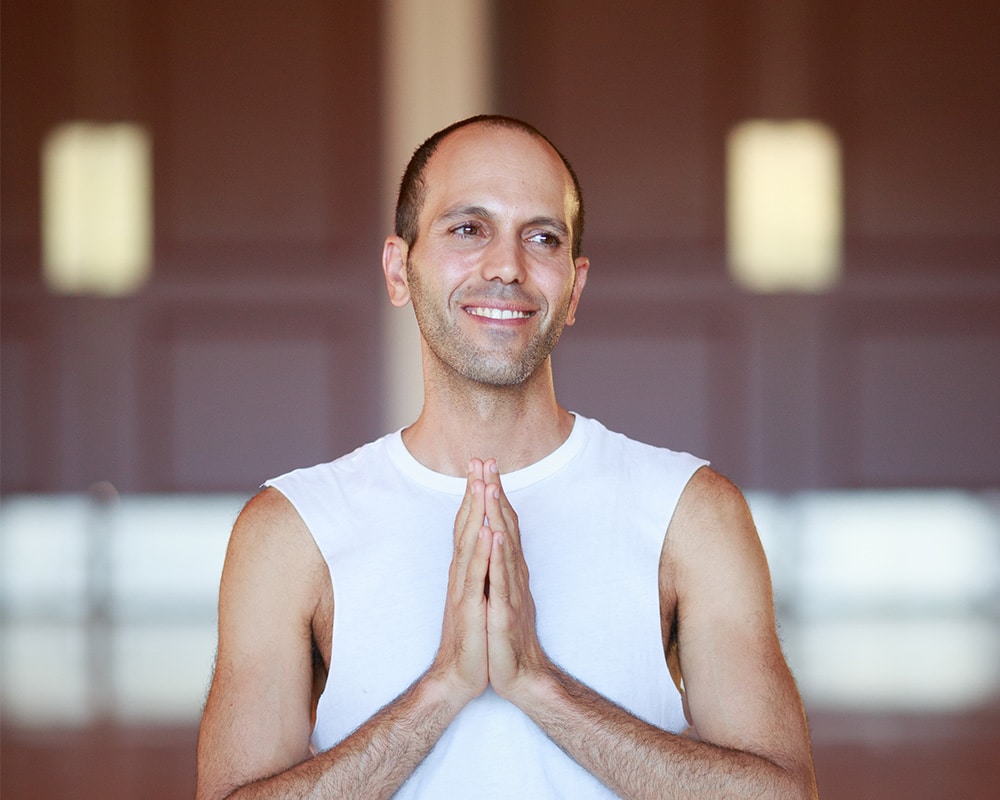Emotional distress, with its phenomenal range from apathy and depression to anxiety and rage, is arguably the most painful aspect of being alive. It is also what drives us forward on a path of inquiry. If you ask yourself why you are reading this article right now, you will probably find an inner wish for relief from emotional distress – whether just for yourself or also for others. So we can begin by acknowledging that it is even possible to be grateful for our painful emotions, since they point the way to freedom and fuel our journey on the path there. Yet, when we get caught up in emotional distress, how do we move forward most effectively, with the least harm to ourselves and others?
One thing to notice about our reactions to emotional distress is that, while we have many possible responses available to us, we tend to stick to a few familiar reaction patterns. We also don’t tend to get curious about what is actually happening in our bodies and minds when we are distressed. The first step to gracefully surviving our painful emotions is to cultivate the habits of curiosity and mindfulness, encouraging ourselves to remember to question what goes on in our bodies even as we begin to mentally spin out.
This is where all the increasingly popular tools and techniques for mindfulness of the body come in handy. The more we practice mindfulness, the more likely we will be to remember to get curious about what is happening in our bodies when emotional distress hits. At the very least, by becoming aware of our physical reaction patterns to our emotions, we can develop more freedom of choice. When we are aware of the tensions and patterns in our bodies in response to emotional distress, we can each give ourselves the chance to ask: do I want to grip these muscles? To hold the breath? To move restlessly, nash my teeth together or bite my fingernails? This freedom to choose begins with the curiosity to find out what is actually going on, and it can at least help us limit the harm to our bodies and to our health that can come from our reactions to emotional distress. Getting curious about the body can of course also redirect any energy we might put towards reacting outwardly and potentially harming others, thus also limiting the harm to our relationships and social well being.
Mindfulness meditation can be an excellent vehicle for cultivating the curiosity and awareness that will increase our freedom to choose our response to emotions. If we choose to meditate at all, most of us go into each practice with the wish to be as comfortable and peaceful as possible. Yet, it helps to understand that the discomfort and stress that often arise in meditation can give us the best training for handling the difficulties of our lives with grace. When we experience physical and psychological pain in meditation, it means that we have created the best conditions for cultivating new ways of responding to our difficulties. With as much stillness as possible, and with minimum external demands on our attention, we can direct our efforts towards better seeing and understanding the body’s reactions to stress, and thus open the door to the possibility of disrupting old self-destructive patterns.
As we gradually gain clarity of our physical reaction patterns, we become increasingly able to refrain from them and just relax with our experience. Then, just as mud settles to the bottom of a disturbed pond and leaves the water clearer, we can more readily observe the mind. Here again, curiosity and mindfulness come in handy. If we remember to question the thoughts and ideas that whirl around in the mind when we experience difficult emotions, we might find that we do not necessarily believe or agree with what they have to say. We might also notice that painful thoughts and physical unease follow each other in a loop: mental stress triggers physical stress, which in turn churns up more emotional thoughts, and on and on. However, as we become aware of this cycle, we might also notice that we can step off of the merry-go-round at any time.
Perhaps the most powerful possibility that opens up when we observe our physical and mental reactions to emotional stress instead of letting ourselves be swept away with them, is that we might notice that we are neither essentially the body nor the mind. If we can observe both body and mind, who is it who does the observing? This line of inquiry can help us get clear that neither body nor mind are essential to who we are – that they are the objects of experience, rather than its subject. As we watch the ceaseless whirling of thoughts and sensations, it may even become possible for us to notice that what we call “body” and “mind” are not stable and continuous objects at all, but rather ever-changing processes. Then the opportunity to question our identification with the body and mind really begins to open up.
Most of us identify ourselves with the body and mind. We say things like “I am forty years old” and “I am angry” when the body is forty years old and there is anger in the mind. Consequently, we also unconsciously disidentify and separate ourselves from everything that is not the body and the mind: “I am not young, I am not confident, I am not that other person over there.” Thus we see ourselves as a separate body-mind complex observing a world that is inherently alien to us. Yet, the more time we spend simply noticing ourselves noticing the body and the mind, the clearer it gets that we are awareness itself, rather than any of the objects that temporarily arise and pass in it.
Eventually, a couple of facts about awareness itself become clearer as well; first, that it is always the same. Regardless of whatever it is observing, the awareness that observes has only one “quality”, if we can even call it that: the fact of its awareness. The body and the mind constantly change in reaction to the world, but awareness just observes. This can be difficult to grasp, because we have been identifying awareness with the mind for so long; but the more we notice that there is a presence that observes even the mind, the clearer it becomes that it is the mind that reacts to thoughts and emotions, not the awareness that knows the mind. The knowing presence that observes all experience remains constant and still throughout all experience. We begin to see that, rather than a separate body-mind interacting with an alien world, we are actually the knowing presence that observes the body and the mind, as well as the world. As we start to recognize ourselves in and as this knowing presence, we gain a little distance from identification with “what happens” in the world “out there”, and this can be a big relief. Whatever it is that is getting us spinning out emotionally at any given moment, we become increasingly able to detach both from the “external” triggers and from the emotions themselves. As you can probably see, there is some serious potential for serenity and freedom to be gained just from this one embodied insight.
Second, it becomes increasingly clear that it is impossible to determine any boundaries to or outline of awareness. We realize that all we ever experience, have ever experienced, and could ever experience, happens within awareness. Therefore it is by definition impossible to experience anything before, after, outside or beyond awareness. No matter how far we look, in space as well as in time, all we ever find proves to always already be within awareness. What appeared to be an alien world observed by a separate body-mind, increasingly appears to be one unified experience within awareness. If at first it seemed that we are in the world, it then begins to seem more and more like the world appears in us. Just as in a dream, all the seemingly “other” objects of awareness (people, places and things) prove upon awakening to be the activity of one consciousness, so waking life increasingly seems to be arising within the one consciousness that is who we are. It is like we are waking up from a dream of separation into the reality of our shared being.
If disidentification from the body-mind can carry within it the seeds of relief from suffering, realization of our shared being can be experienced as great love. Of course, for most of us it is a gradual awakening, with intimations of infinite love flickering back and forth with ancient habits of fear, grasping and confusion. Yet, the more we dive into the felt experience that our essential nature is awareness, that everything in experience arises within this awareness, and that therefore I am as much every “other” body and mind as I am the body and mind with which I had been exclusively identifying, love reveals itself to be our essential, natural state. As we increasingly settle into the realization that every one of us refers to the same knowing presence when we say “I”, such mental concepts as “other”, “enemy” and “problem” become even more alien than the world and the beings in it seemed before. And along with these concepts, emotional distress gradually releases its grip on us. It simply cannot survive without ideas of otherness and separation.
As we live with more love and fewer problems, we experience more of the peace that is essential to our very nature as the knowing and imperturbable presence of awareness. It also gets easier to enjoy our experience – not because we like what happens over what we would prefer not to have happen, but because we are decreasingly disturbed by the emotional judgements that turn our experiences into problems in the first place. So we live with ever more love, peace and joy. Even if we continue to suffer, our suffering has duller teeth and less stamina; it just doesn’t bite as hard or hold on for as long. Every time we remember who we essentially are – the knowing presence of awareness within which all experience arises – we discover ourselves unchanged by anything that happens, since it reveals itself to be our own activity, like the dream in the mind of the dreamer. It becomes less exciting to manipulate circumstances to be more pleasant for my seemingly separate self, and much more interesting to help alleviate the suffering that arises in all minds as long as they continue to perceive themselves as separate and the world as alien. A life of service proves to be a life of incomparable satisfaction, and we become increasingly unchained from the bondage of emotional distress.
So we begin with simple mindfulness – of the body, the mind, and our reaction patterns. Yet these initial small steps, no matter how long they take, can set us off on a journey to a life of real, sustainable and lasting joy. Even if we initially just set out to get some relief from painful emotions, the courage to face our emotions can ultimately reward us with the unimaginable freedom of the non-dual realization: that we are one with everything, co-arising within the same consciousness, which is also our ultimate identity. Starting with simple mindfulness of the body, with courage and perseverance for however long it takes, we can increasingly manifest a life full of joy, peace and genuine lovingkindness, for the benefit of all beings.







